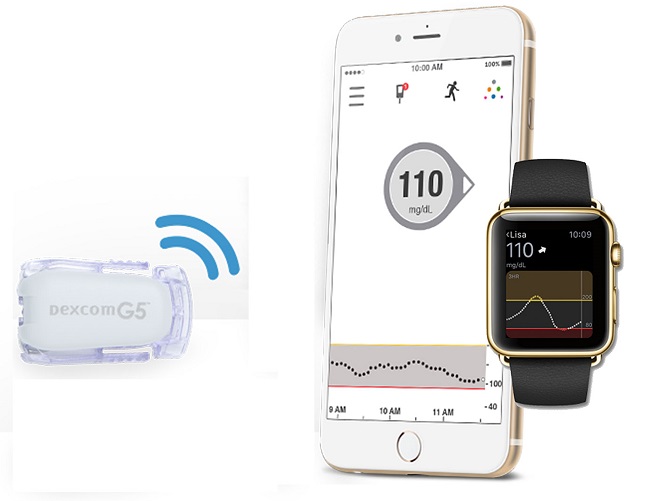Two smart devices to control diabetes
By Ong Kai Kiat May 11, 2016
- Diabetes costs Singapore more than US$733mil per year
- A look at two devices that can perhaps save more lives
 DIABETES is a major problem – which I didn’t realise until the Singapore Health Minister Gan Kim Yong declared war on diabetes during the recent Budget debate.
DIABETES is a major problem – which I didn’t realise until the Singapore Health Minister Gan Kim Yong declared war on diabetes during the recent Budget debate.
This deadly disease costs Singapore more than S$1 billion (US$733 million) per year.
The island-republic also has the dubious distinction of having the second highest (just behind the United States) proportion of diabetics, at 10.53%, according to the International Diabetes Federation. The concentration among adults is even higher, at 12.8%.
This is a First World curse, with Singaporeans eating more and exercising less. There is no cure for diabetes, and it is crucial to keep it under control. Diabetes killed 3,815 adults in Singapore in 2015, out of a total of 541,600 diabetes cases.
Given that control is the key to saving diabetics’ lives, I thought that there must be a smarter and more convenient way to do it, with the advances in our digital technologies.
For patients, control means taking insulin when their glucose level is high and eating fruits when their sugar levels are low. But before they can do that, they will have to know their glucose level throughout the day.
The World Health Organisation did a superb job of explaining the details of diabetes for those who need a refresher.
In this article, I would introduce two state-of-the-art Continuous Glucose Monitoring (CGM) systems. Perhaps, this will save more lives not only in Singapore, but globally.
Dexcom G5 Mobile CGM
Dexcom is a Nasdaq- listed company which was founded in 1999, and it conducted long-term research until 2003 on implantable sensors before it created its first product in 2004.
Fast forward, and the US Food and Trade Administration (FDA) approved its latest G5 Mobile CGM in September 2015 within a record six months, for both adults and children as young as twoyears old.
The G5 comes equipped with a tiny sensor, and a transmitter that is tucked under your skin to monitor your glucose level. Throughout the day, the system will track your glucose level, which can be seen on your smartphone or smart watch.
IBM-Medtronic Glucose Prediction
While it is good to know your glucose level continuously, it is even better to know where your glucose level will be in three hours.
Medtronic produces insulin monitors and pumps for diabetes patients, and it has teamed up with IBM to produce the MiniMed app which does exactly that.
Tests have shown that this is highly accurate but the only weakness is that it is dependent on actual user input.
IBM contributed by deploying its Watson supercomputer to crunch the data collected by the sensors and actual diet input by the patient. Based on this information, MiniMed can predict the patient’s glucose level in the next three hours.
Nevertheless, Medtronics encourages its patients to wear their pumps wherever they go, for safety reasons.
Conclusion
Diabetes can be deadly but with the proper control, patients can live life to the fullest and not be enslaved by their disease.
Beyond that, prevention is better than cure and they should exercise regularly and watch their diet.
Ong Kai Kiat is a professional freelance writer who enjoys the process of discovering and collating new trends and insights for an article. He is reachable at [email protected].
Related Stories:
Tech Vision: Innovating to zero diabetes
Diabetes device start-up seeks crowd-funding boost
19,000 health fitness trackers sold in Singapore in 6mths: GfK
For more technology news and the latest updates, follow us on Twitter, LinkedIn or Like us on Facebook.




